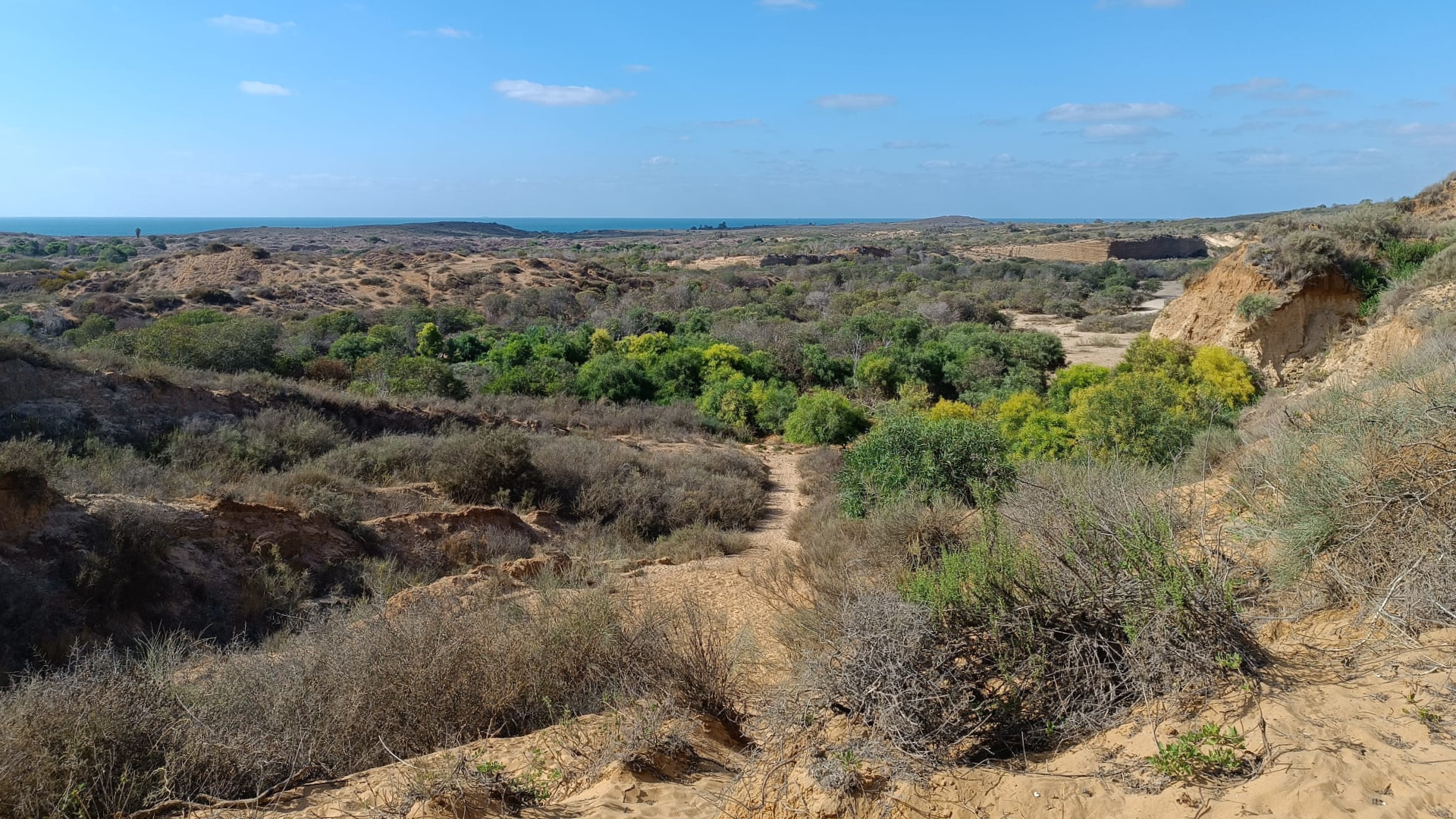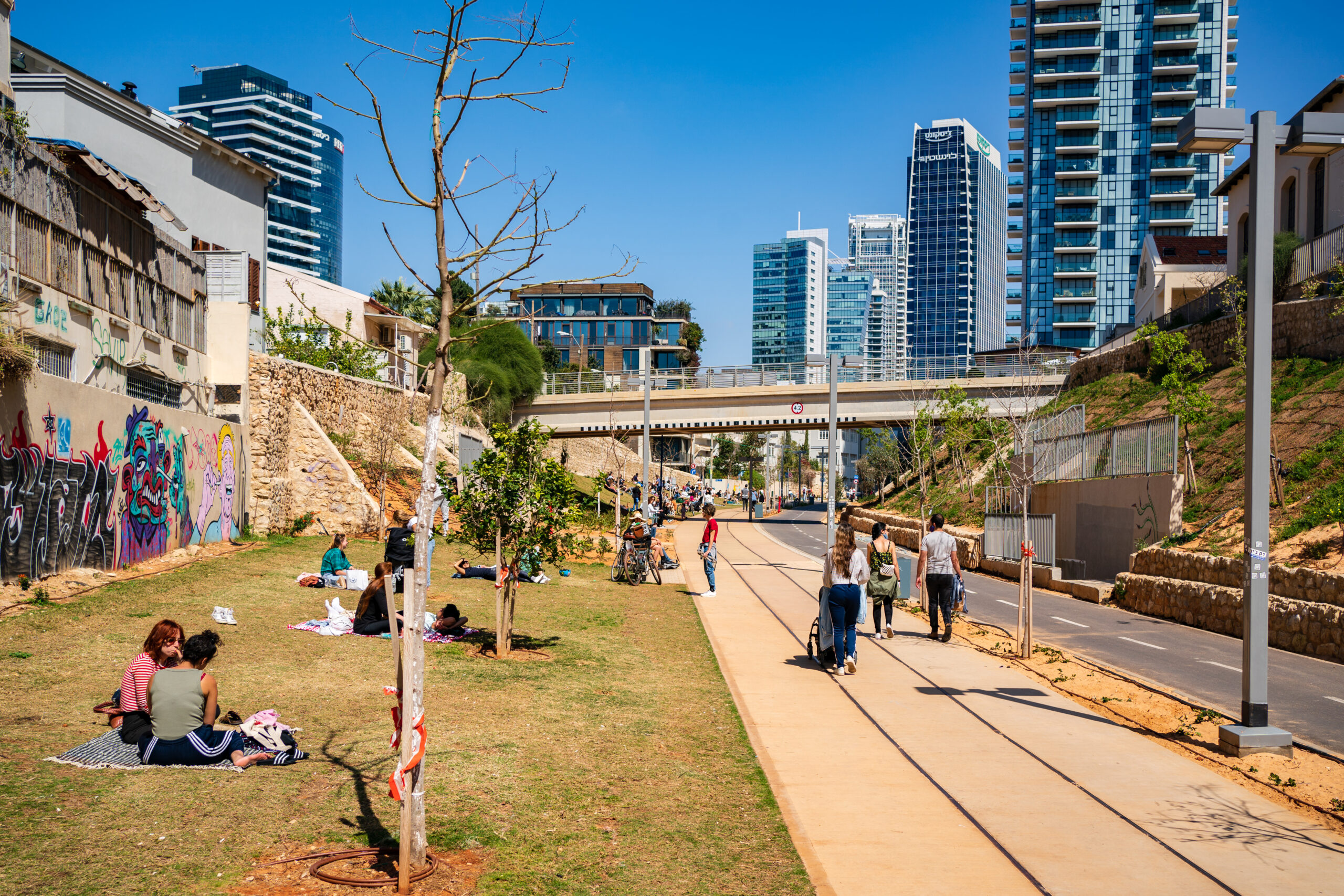The climate crisis is already here, and it threatens the future of us all. Israel’s specific geographic and geopolitical nature leads to some unique issues that concern our tiny country.
Water
Israel is a proud leader of a water revolution, having overcome previous drought and water shortages. Over the decades, Israel has reversed its water fate and now enjoys excess water through careful planning and technology including drip irrigation, wastewater treatment plants and seawater reverse osmosis desalination plants.
However, all Israel’s desalination plants are along the coast. Israel’s coastline measures 273 km / 169.6 miles, where many towns are situated, Tel Aviv being the largest and Israel’s densest region (with 7,522 people per square km). Rising water levels would wipe out much of the infrastructure, including beaches, power plants, desalination plants, and residential areas.
Desert
Despite Israel’s greenery and built-up towns with modern skyscrapers, approximately 60% of the land resource is desert.
As per David Ben Gurion’s dream to make the desert bloom, there is plenty of life in the Negev – Israel’s south – including 13% of the population. Yet as temperatures rise, deserts become increasingly vulnerable. Indeed, scientists predict that “super and ultra-extreme” heat events with temperatures above 56°C will become frequent in the Middle East and North Africa in the second half of this century. (NPJ Science of Learning). In addition to such temperatures being intolerable to humans, they will wreak havoc with the landscape’s surface protective layer, known as biocrust, which is abundant in microorganisms that help preserve water and natural ecosystems.
Heatwaves and Health
Israel’s National Emergency Authority at the Defense Ministry in conjunction with Israel’s Meteorological Service recently created a contingency plan for extreme heat waves resulting from the climate crisis. Global warming and climate change have already increased in the intensity and frequency of heatwaves Extreme heat is expected to cause 340 additional deaths per month during summer months, and to increase the volume of heart disease cases, strokes and risks to pregnant women. The more vulnerable populations at risk include those who work outside (particularly in physical labor), those who cannot afford air conditioning, the very young and the elderly.
Heat stress is intensified in shade-free urban areas. Israel’s urban heat islands – areas lacking in trees and plants, with impermeable surfaces and/or dark surfaces and thermal mass – experience higher temperatures than rural areas and are exacerbate the heat and its related health problems.
Due to Israel’s location and geographic make-up, our heatwaves can also be incredibly dry, which in turn lead to specific health warnings. A “sharav” is a particularly dry heatwave, which increases the danger of wildfires. Sandstorms will bring an increase in pathogenic diseases, more air pollution, lung damage and even food contamination (as farmers may use more pesticides to counter the rise in bacteria due to the heat).
National Security
Since 2007, the climate crisis has also been considered a ‘threat multiplier’, that is the effects of climate change have the potential to intensify pre-existing threats and advance security risks. The combination of extreme heat, rise in sea level, shortages of water and food will lead to socioeconomic disparities, mass migration and waves of climate refugees; this is a perfect setting in which terror organizations blossom.
With a total land area similar to New Jersey (of 22,070 square km / 8,521 square miles), and a current population of just over nine million people already struggling over property prices, the cost of living and infrastructure to cope with a growing population, how will we cope with an influx of climate refugees? Will Israel find itself opening its doors to climate refugees from enemy countries? Or will Israelis be the refugees, seeking out another land as ours will no longer be inhabitable…?
In addition, a military base has already been flooded (January 2020), flights will be grounded or delayed by heatwaves and the risks to soldiers are disastrous; cancellation of training due to extreme weather mean troops will be ill-prepared, and how will they defend Israel’s citizens in extreme heat while wearing additional protective layers?
Reducing Greenhouse Gas Emissions
While Israel is not one of the world’s major emitters of greenhouse gases, it will and does feel the effects of what happens elsewhere. Successive Israeli governments have assigned climate change to a low priority and as such we are severely lagging behind the other OECD countries in terms of climate legislation. Israel desperately needs a clear, national plan for reducing greenhouse gas emissions, for carbon offsetting by 2050, transition to renewable energies and a plan for tackling anticipated damage.






